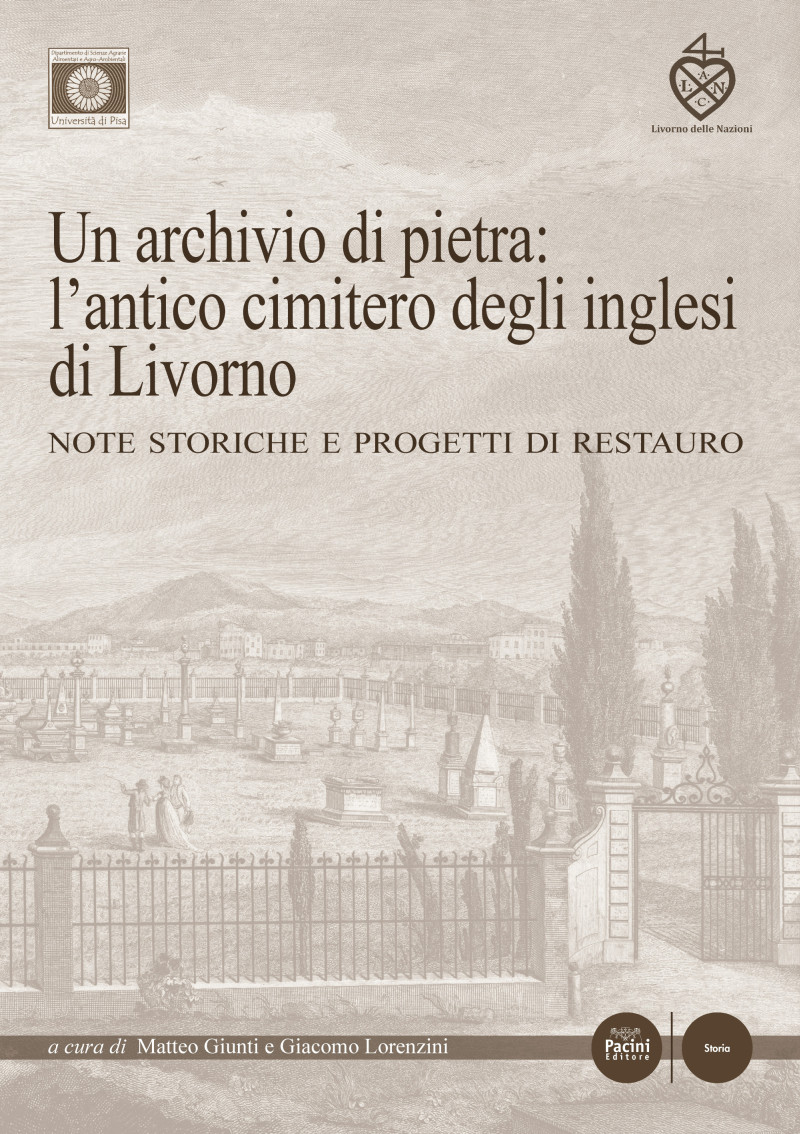
I extracted the following list from the manuscript ‘Chapel Register‘ of Livorno (1784-1824) by selecting all death/burial acts concerning mariners, sailors and other personnel on board English warships sailing in the vicinity of Livorno or during their stops at the docks in the years 1792-1796. These ships and their occupants were involved in the English response to the French Revolutionary Wars: Livorno was then used as a supply harbour for the British Mediterranean fleet until the French entered the city during the summer 1796. All English merchant families were forced to flee the town and were able to return only after 1797. Although the sailors and mariners are not directly related to the merchant networks, I thought nevertheless to publish this list as a token of respect in their memory.
Many of the casualties seems related to at least two well known events: the Battle of Genoa (14 March 1795) and the Battle of Hyeres (13 July 1795). The list is ordered alphabetically by ships’ names and, for each ship, individuals are listed chronologically by descending death date. Ships’ classes, type and nominal guns are also included.
I have used the threedecks website as main source for the identification of the ships and the captains’ names. In some rare cases mariners have been buried in the Old English Cemetery of Livorno (they are marked with asterisks in the list) but mainly, as the normal procedure, by the burial-at-sea. Every name is followed by their occupation on board as reported on the death act.
For convenience I made direct hypertext links for ships and captains pointing to the relevant data sheet on threedecks.org. In some cases I have indicated two or more captains when either there have been different captains on the ship during the time span of the mariners’ deaths or the captain could not be determined with certainty among two possibilities – in all the other cases data was insufficient to determine the identity of the captain. The mention ‘uncertain data‘ appears also when a doubtful identification of a ship occurs. Finally I added a few mariners whose ship was not revealed by the register. The position on board of each person has been indicated between square brackets and it’s extracted from the register.
If you happen to have any further information on any of these men, please send me an e-mail.
[Ardent-class, third-rate ship-of-the-line, 64 guns]
COTTINGHAM Lewis (-1795) [sailor]
QUINTEN John (-1795) [sailor]
GOWER William (-1795) [sailor]
ROBERTS Daniel (-1795) [sailor]
MITCHEL James (-1795) [sailor]
MEAGLE Stephen (-1795) [sailor]
CORKMAN John (-1795) [sailor]
HAYS John (-1794) [sailor]
LEE Thomas (-1794) [sailor]
JEFFERS Rosswell (-1794) [sailor]
43.551876
10.308011
6 Responses »








